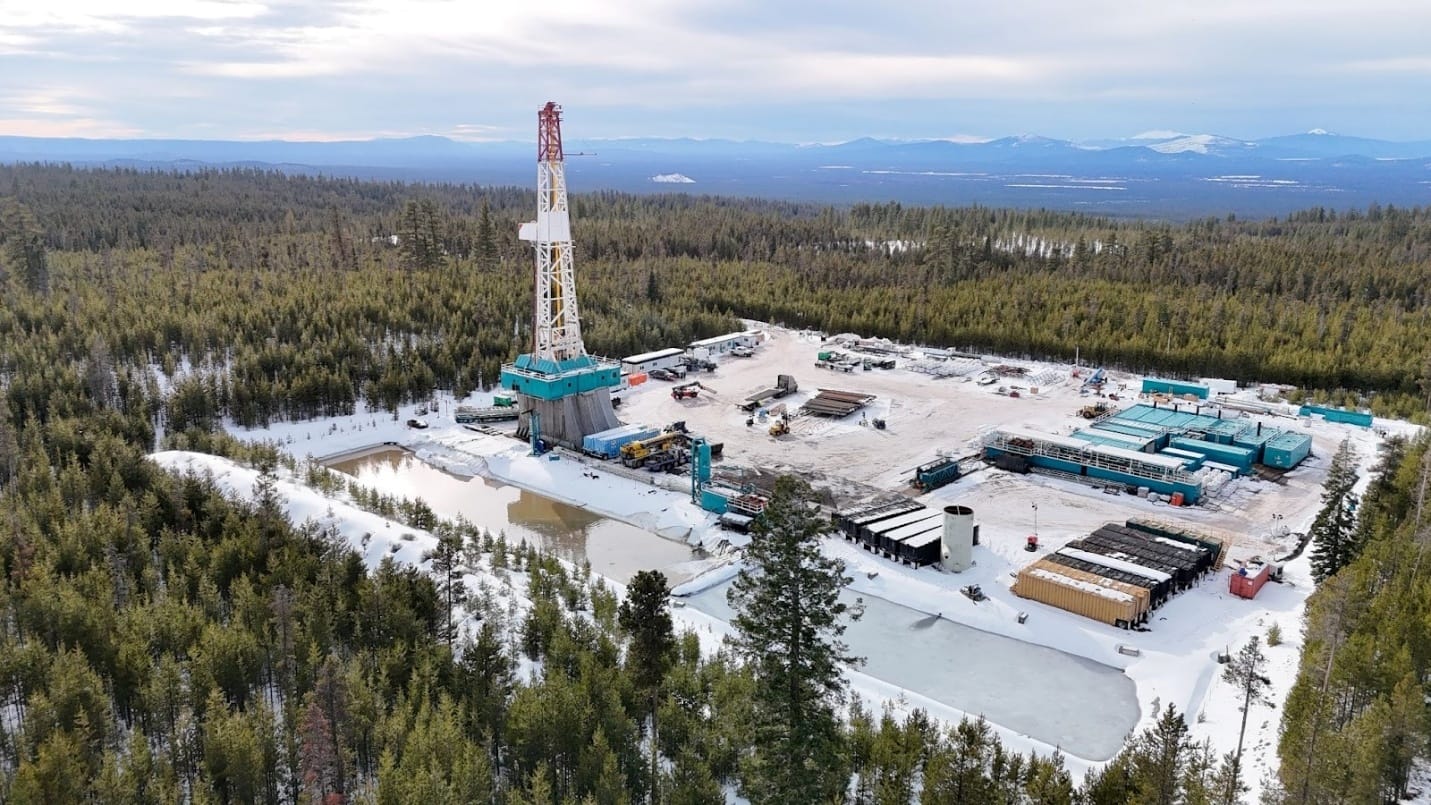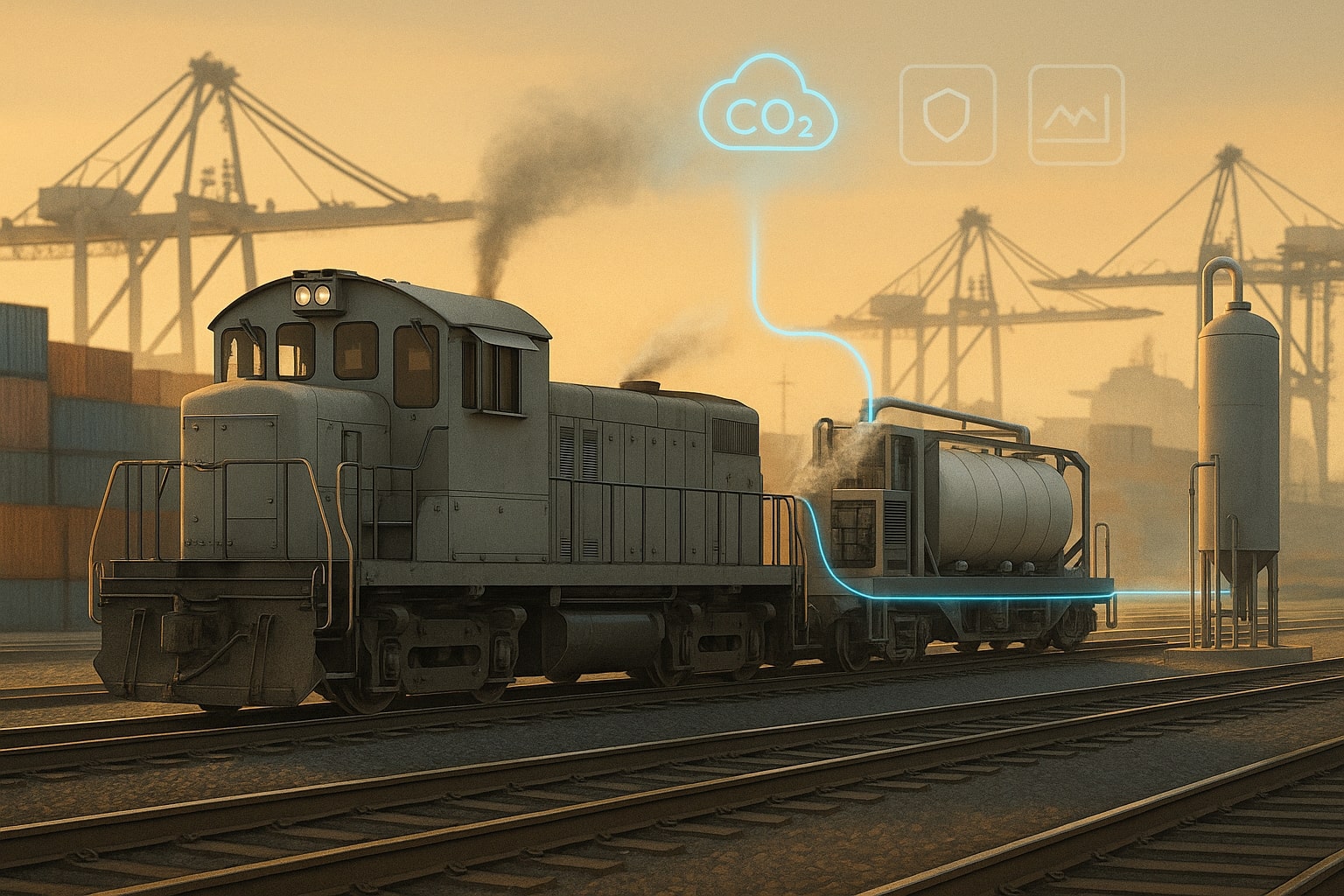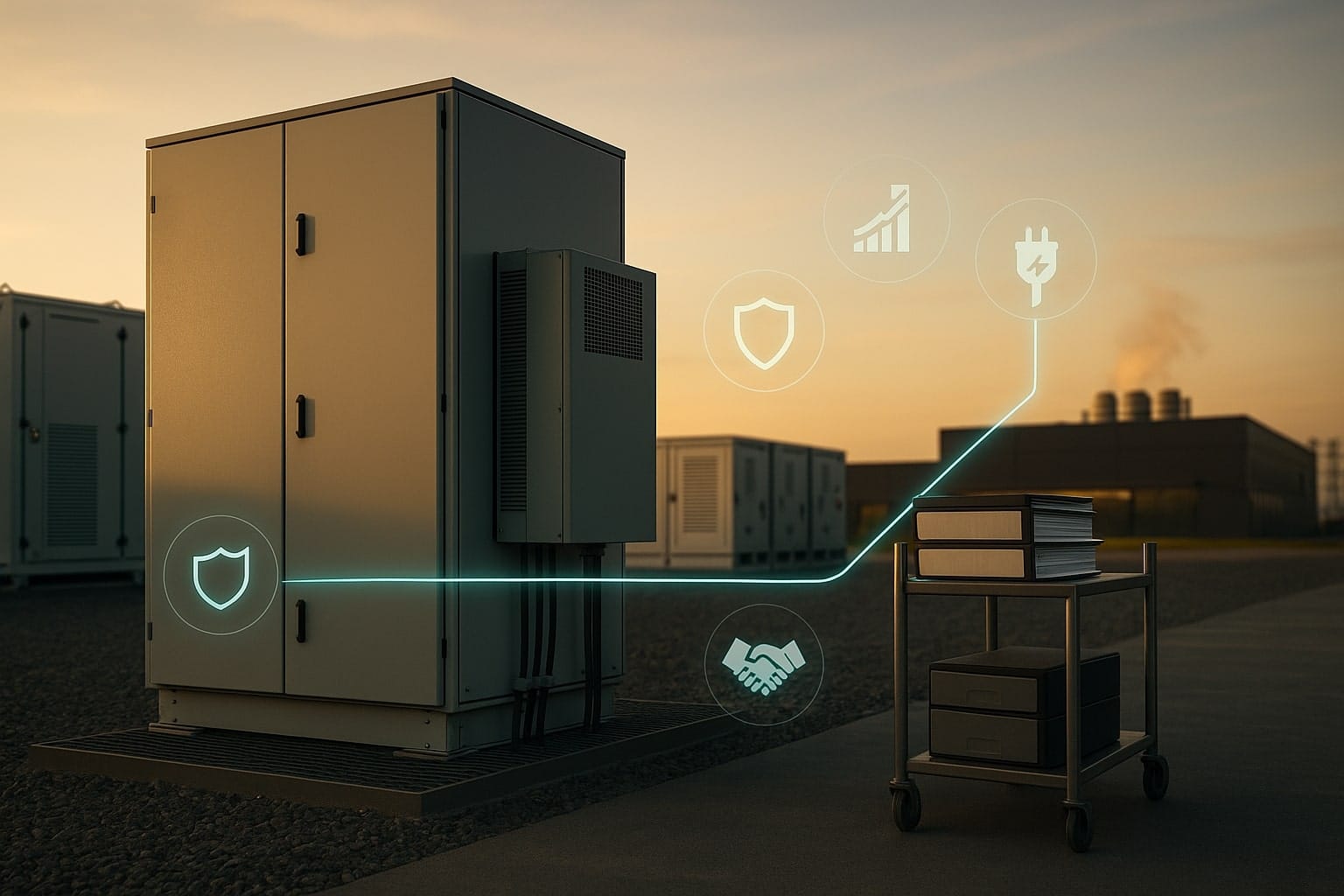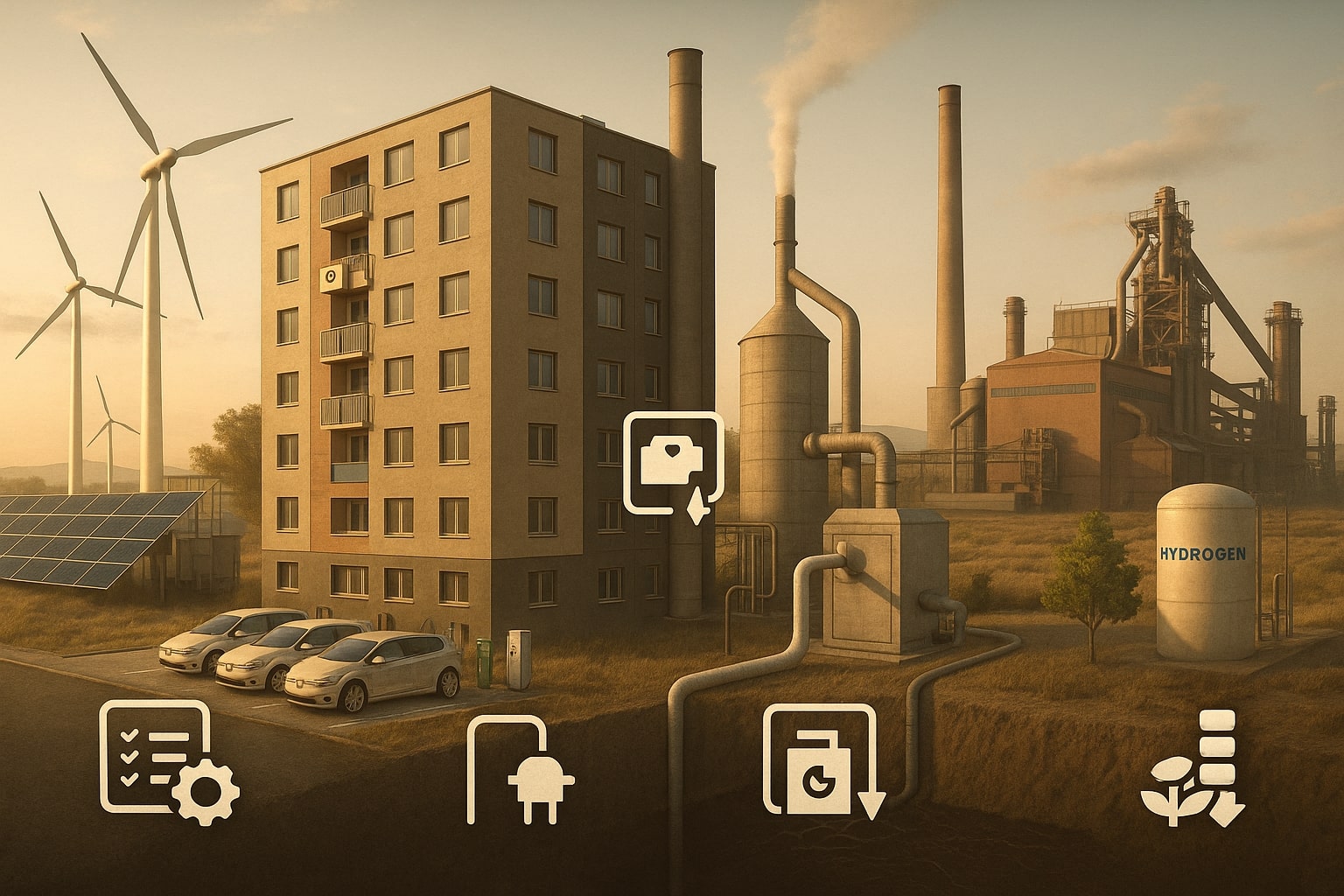The global energy landscape is undergoing a significant transformation, with offshore wind energy emerging as a pivotal component in the transition to renewable sources. As countries strive to meet ambitious climate goals, the expansion of offshore wind capacity has become a focal point, offering substantial potential for clean energy generation. Within this dynamic sector, Siemens Gamesa has established itself as a leader, driving advancements in turbine technology and project development. Notably, the company’s recent endeavors in the United Kingdom exemplify the rapid progress and growing importance of offshore wind energy on the global stage.
Table of Contents
ToggleSiemens Gamesa’s Strategic Projects in the UK
One of Siemens Gamesa’s landmark projects is the East Anglia TWO offshore wind farm, developed in collaboration with ScottishPower, a subsidiary of Iberdrola. In November 2024, Siemens Gamesa secured a turbine supply contract exceeding £1 billion to deliver 64 of its flagship SG 14-236 DD offshore wind turbines. Each turbine boasts a rotor diameter of 236 meters, contributing to a total capacity of 960 megawatts (MW), sufficient to power nearly one million homes upon completion.
The turbine blades for this project are being manufactured at Siemens Gamesa’s facility in Hull, northeast England. This strategic move underscores the company’s commitment to bolstering local manufacturing and supporting the UK’s renewable energy objectives. Beyond East Anglia TWO, Siemens Gamesa’s Hull factory is also producing blades for other significant projects, such as RWE’s Sofia Offshore Wind Farm, which will utilize 100 state-of-the-art 14 MW offshore wind turbines.
China’s Ascendancy in the Wind Energy Sector
China has rapidly ascended to a dominant position in the global wind turbine manufacturing industry. In 2023, Chinese companies accounted for approximately 65% of global wind capacity additions, propelling four Chinese wind turbine original equipment manufacturers (OEMs) into the top five global rankings—a first for the sector. Leading the charge, Goldwind maintained its position as the world’s largest wind turbine manufacturer, reflecting China’s robust domestic market and strategic investments in renewable energy infrastructure.
This dominance is further highlighted by China’s substantial production capacity, which represents about 60% of the world’s total, dwarfing Europe’s 19% and the United States’ 9%. The competitive pricing of Chinese-made turbines, often 20% lower than those from U.S. and European manufacturers, has reshaped global market dynamics, presenting both challenges and opportunities for international stakeholders.
China’s rapid expansion in offshore wind is also noteworthy. In 2023, the country installed 7.6 GW of new offshore wind capacity, accounting for more than two-thirds of the global total. Companies like Mingyang have significantly increased their offshore installations, with Mingyang commissioning nearly 3 GW of new capacity in 2023, becoming the largest global supplier of offshore turbines for the first time.
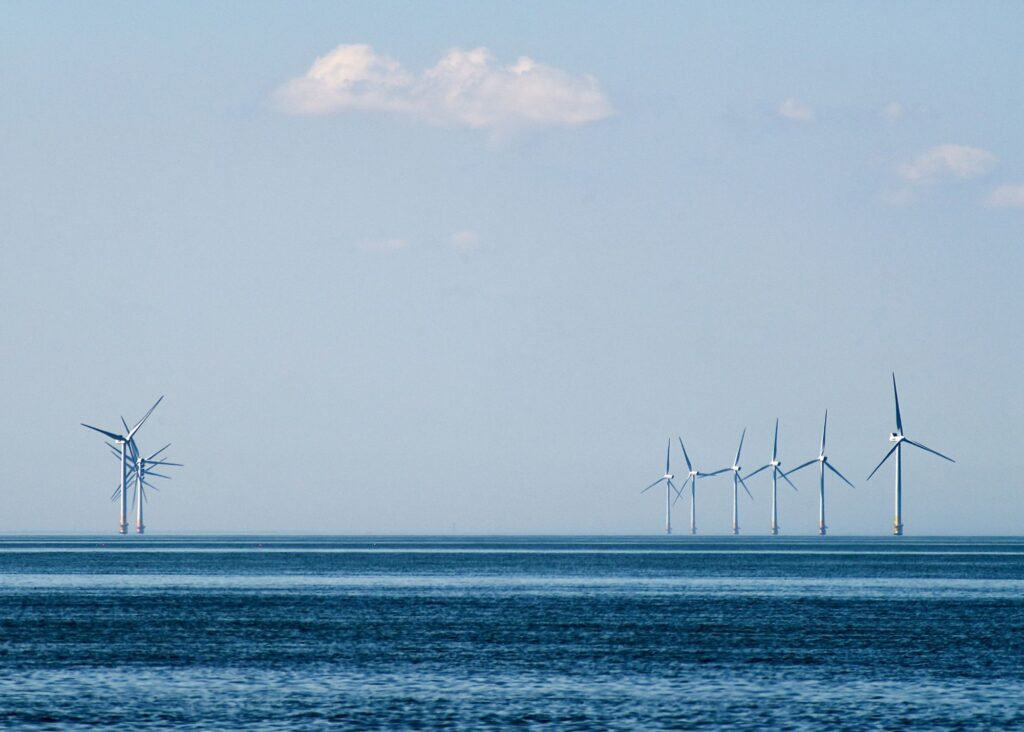
Implications for the U.S. Wind Energy Market
The advancements by Siemens Gamesa in the UK’s offshore wind sector and China’s dominant position in wind turbine manufacturing present both challenges and opportunities for the United States. As the global landscape shifts towards renewable energy, the U.S. must navigate a complex environment to bolster its wind energy industry.
Competitive Landscape
The U.S. wind energy sector faces stiff competition from international counterparts. Chinese manufacturers, benefiting from economies of scale and supportive domestic policies, offer wind turbines at prices approximately 20% lower than those of U.S. and European producers. This pricing advantage has enabled Chinese companies to capture a significant share of the global market, challenging U.S. manufacturers to innovate and reduce costs to remain competitive.
Policy Considerations
Domestic policies play a crucial role in shaping the U.S. wind energy market. The recent suspension of offshore wind development permits under the Trump administration has critically impacted the industry, affecting over 90% of planned offshore wind projects, amounting to over 60 gigawatts. This move threatens the nation’s power supply and decarbonization targets, leading to job cuts and halted projects, further diminishing industry confidence.
Moreover, uncertainties surrounding tariffs and tax incentives have prompted companies like Engie to reconsider their investments in the U.S. renewable sector. The potential repeal of the Inflation Reduction Act (IRA), which directed substantial tax incentives, loans, and grants into clean-energy projects, adds to the industry’s challenges.
Strategic Responses and Opportunities for the U.S.
To strengthen its position in the global wind energy market, the United States can pursue several strategic initiatives:
Investment in Innovation
Enhancing research and development efforts is vital to advancing wind energy technologies. By focusing on next-generation turbine designs, materials science, and efficiency improvements, the U.S. can reduce production costs and increase the competitiveness of its wind energy offerings. Public-private partnerships and increased funding for renewable energy research can drive these innovations.
Strengthening Supply Chains
Developing robust domestic supply chains is essential to reduce reliance on foreign components and mitigate geopolitical risks. Investments in manufacturing infrastructure, workforce development, and streamlined regulatory processes can enhance the resilience and efficiency of the U.S. wind energy supply chain. This approach not only supports energy security but also stimulates economic growth through job creation.
Collaborative Ventures
Engaging in international collaborations allows U.S. companies to leverage global expertise and best practices. Partnerships with established industry leaders, such as Siemens Gamesa, can facilitate technology transfer, joint ventures, and co-development projects. These collaborations can accelerate the deployment of offshore wind projects and enhance the competitiveness of U.S. firms in the global market.
Conclusion
Siemens Gamesa’s contributions to the UK’s offshore wind sector and China’s ascendancy in wind turbine manufacturing offer valuable insights for the United States. To navigate the evolving global energy landscape, the U.S. must proactively invest in innovation, strengthen domestic supply chains, and seek strategic collaborations. By adopting these measures, the United States can enhance its competitiveness in the wind energy sector, achieve renewable energy goals, and contribute to global sustainability efforts.

